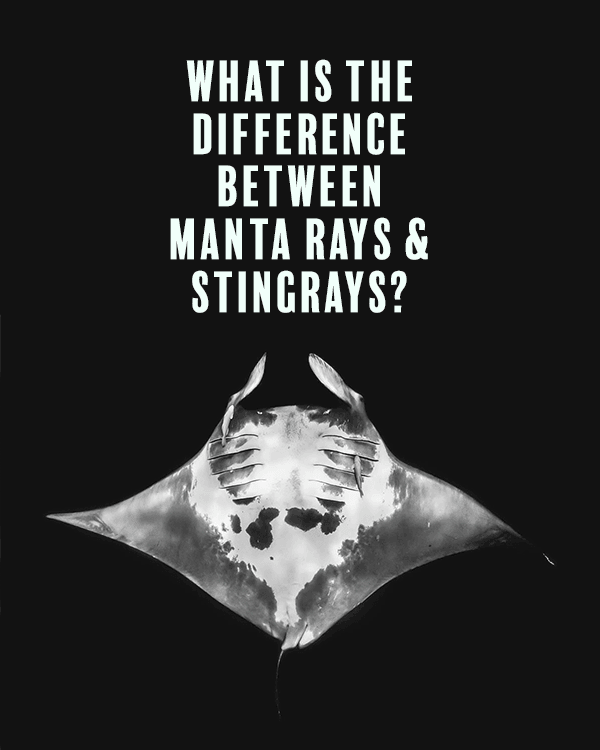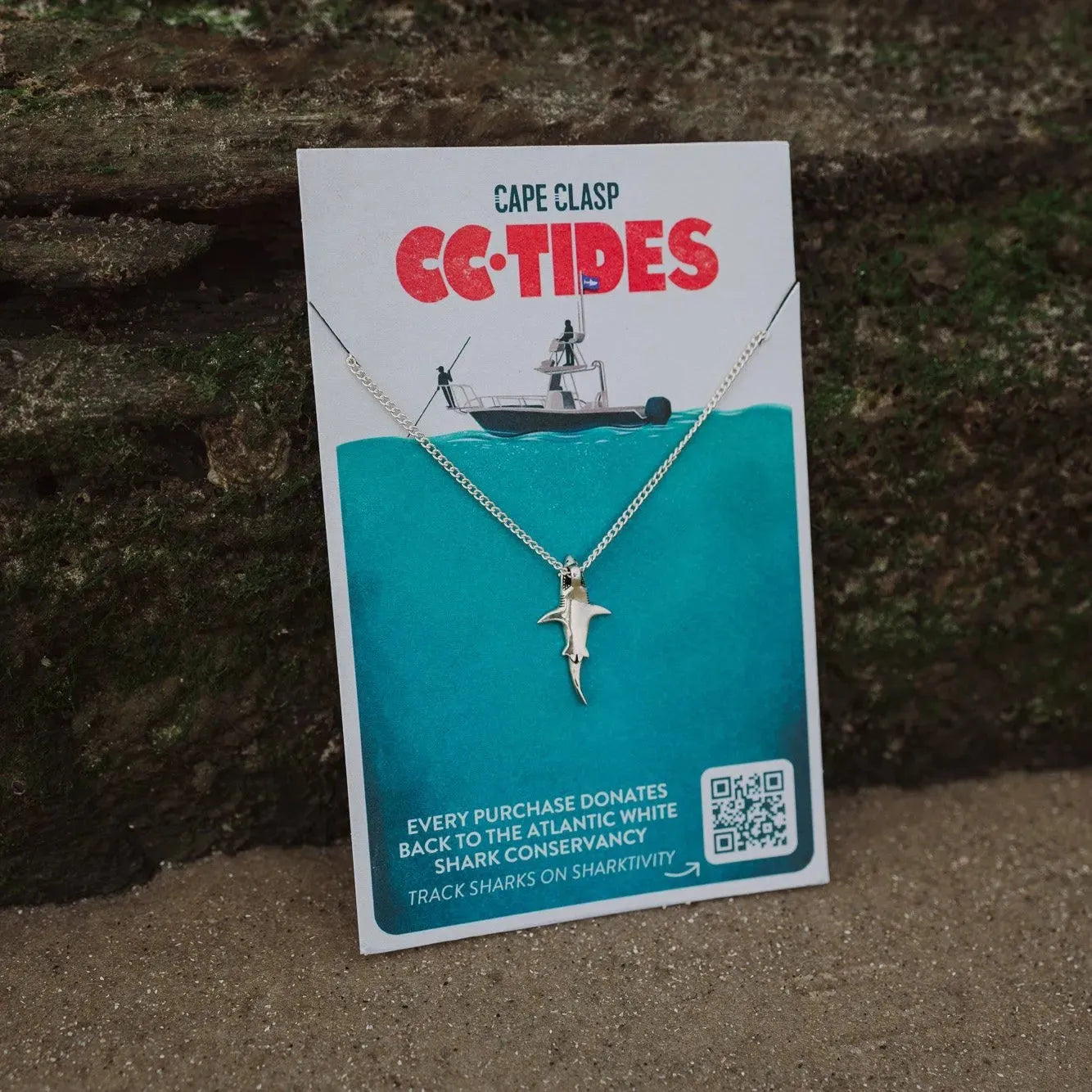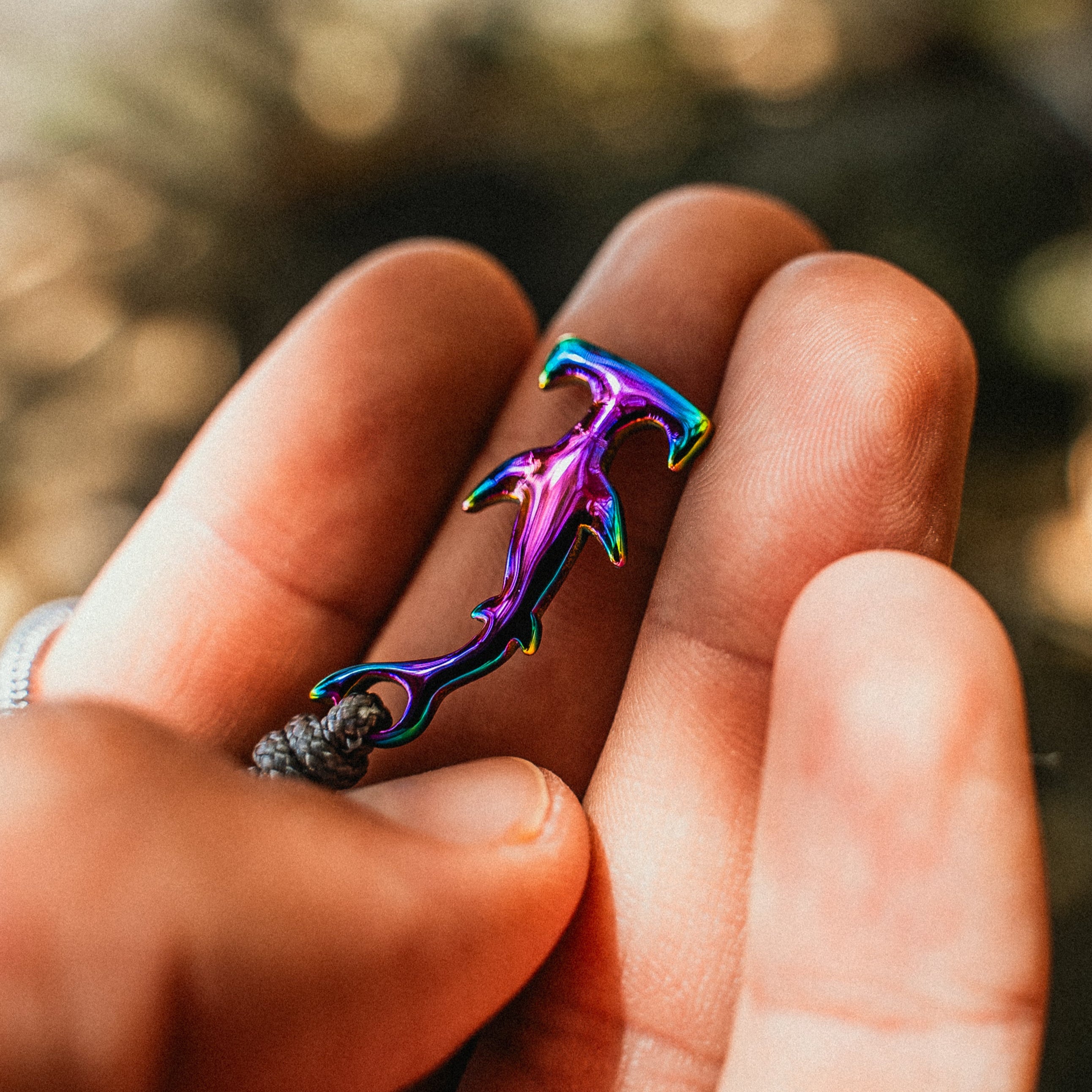
What’s the Difference Between Manta Rays and Stingrays?
Manta rays are magnificent creatures. Unfortunately, they often get mixed up with the stingray.
These two creatures look similar at first glance. That is because they come from the same species. Nonetheless, they have many distinct differences.
Read on to discover the differences between manta rays and stingrays.
1. MANTA RAYS DON’T HAVE BARBS.
The most significant difference between these animals is their tails. They may look alike to the casual observer, but they are very different.
Depending on the type of stingray, the barb may have serrated edges and venom. The venom in a stingray’s barb is lethal enough to kill humans.
It’s important to understand that stingrays don’t use their barbs to hunt. Instead, their barbs are a defense mechanism used when threatened by predators.
Manta rays have long tails like stingrays. Only they don’t have barbs. That means that manta rays can’t sting you or anybody for that matter.
You may be wondering how they protect themselves. Manta rays use their size and speed to escape harmful predators. Although, manta rays have very few predators.
2. THEY HAVE DIFFERENT DIETS.
With a mouth located underneath their body, manta rays use their gill rakers to filter out zooplankton from the water. Despite their enormous size, they only feed on tiny organisms and not fish.
Manta rays swim as if they’re flying through the sea. Their graceful pectoral fins guide them as they glide through the water.
Stingrays feed on much larger animals. They’re known to eat clams, sea worms, small fish, shrimp, and squid.
Stingrays hunt by covering themselves in the sand on the ocean floor. They camouflage themselves from their prey.
With their mouth on the bottom of their body, they’re able to eat prey they come across on the ocean floor.
3. STINGRAYS HAVE AN ELECTROMAGNETIC SENSE.
Like sharks, stingrays use electricity to find their prey. No small animals are safe from a stingray’s electromagnetic sense. They are masters of picking up tiny electrical pulses in the water by the ocean floor.
Every time a small animal like a shrimp or small fish moves, they give off a tiny electrical current. Stingrays use this current to find their prey.
The most amazing feature of their sense is that it doesn’t involve using their eyes, ears, or nose. Because of this, they can sense the electrical currents of their prey buried in the sand.
4. STINGRAYS LIVE IN BOTH MARINE AND FRESHWATER ENVIRONMENTS.
Manta rays and stingrays live all across the ocean in warm regions. Although, only stingrays can also live in freshwater.
The freshwater stingray lives in the Amazon. It grows to about eighteen inches across.
Don’t let their small size fool you. They are responsible for more human casualties than any other Amazonian species. It is because of their lethal barbs.
5. MANTA RAYS ARE MUCH LARGER AND SMARTER WHILE STINGRAYS ARE MORE AGGRESSIVE.
The Giant Oceanic Manta Rays are the largest of the species. They have a wingspan that can measure up to 29 feet long. But that’s not the only thing big about manta rays.
Manta rays have huge brains. They are a bunch of playful and curious geniuses. Like elephants, manta rays have enormous brains.
They are among only three animals that could have self-awareness. Scientists are currently studying the manta ray’s potential for self-awareness. If proven, they’ll join dolphins and apes as animals with the ability to become self-aware.
While manta rays may be bigger, stingrays are more aggressive. That’s why it’s important to shuffle your feet on warm beaches.
Many stingrays could be hiding in the shallow water. If stepped on, stingrays go into defense mode using their barbs for safety. That makes them a threat anytime they are near.
One stingray species reaches the size of the manta ray: the giant freshwater stingray.
The giant freshwater stingray lives in the Greater Mekong. These stingrays can grow to more than 16 feet across and weigh 1,300 pounds!
AMAZE YOUR FRIENDS WITH YOUR NEWFOUND KNOWLEDGE
Now that you know the many differences between manta rays and stingrays use it to amaze your friends! We hope you found this article helpful.
For more great content about ocean and marine life, please continue to read our blog!
Looking for great manta ray memorabilia? Check out our Manta Ray Ring, Manta Ray Clasp, and Manta Ray Necklace which help support both the Watermen Project and Sea Legacy.









